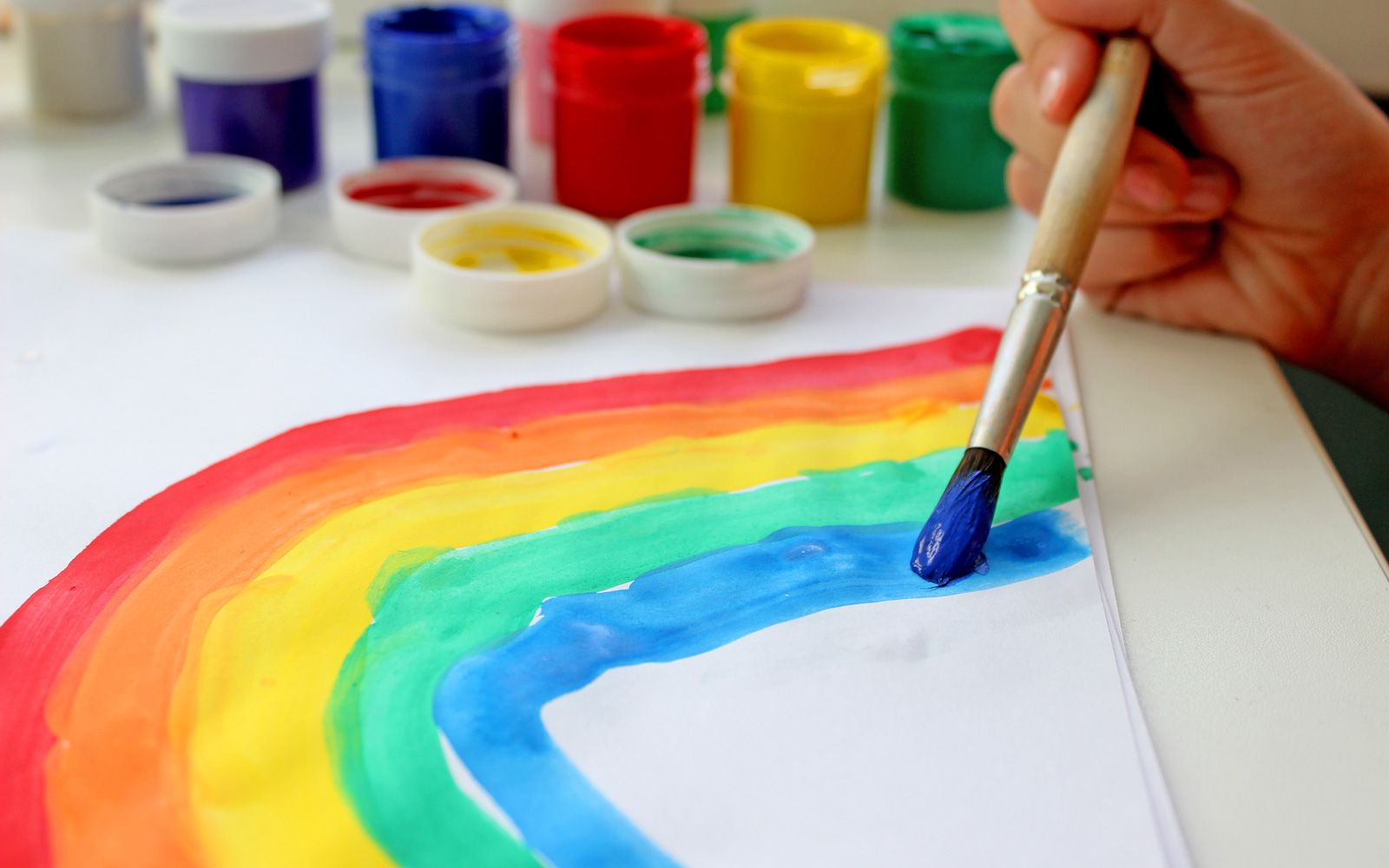Toddlers are all about exploration! And that’s perfect since it’s through their play that they learn how to move their bodies and gain dexterity. We’ll go through what the difference is between fine and gross motor skills, why developing fine motor skills is important, and finally, five activities to help develop fine motor skills. These skills are also practiced at daycares!
What’s the Difference Between Fine Motor and Gross Motor Skills?
Fine motor skills are all about dexterity and involve the smaller muscles of the wrist, hands, and fingers. Children need fine motor skills to do things like brush their teeth, hold a pencil, and play with LEGO bricks.
Gross motor skills involve the whole body. You may not think things like walking, running, and jumping are skills, but they are. Think of how your baby was when they learned to walk – that was them learning and developing a new gross motor skill.
What Gross Motor Skills Should My 2-Year-Old Have?
At age 2, your toddler should be able to walk, and if they haven’t already, they will also start to run. They can jump with both feet, and even though they need assistance, they should be able to walk up and down stairs, as opposed to going up and down on their bottoms.
It is important to remember that while these skills are expected in a 2-year-old, your child may develop at a different pace. If you have any questions or concerns, be sure to consult your pediatrician.
Why is Developing Fine Motor Skills Important?
The better your child’s fine motor skills are, the easier it is for them to do the tasks that require dexterity. Think about the progression from holding a pencil to using scissors to tying shoes. All of these skills require fine motor skills.
5 Activities to Help Develop Fine Motor Skills in 2-Year-Olds
- Playdough
- Sensory Bins
- Painting
- Outdoor Play
- Water Play
-
Play-Doh
Play-Doh is a great sensory activity that allows for the exploration of color and texture. Play-Doh isn’t about creating something picture-perfect. Encourage your child to see what happens when they pinch, pull, roll, and even cut the dough.
-
Sensory Bins
Sensory bins such as boxes full of rice, pompoms, and other objects are a great way for your child to differentiate between size and texture. The fine motor skill development comes with sifting through the rice to find the other objects and from pouring the rice from one container to another.
-
Painting
As messy as paint is, children love it. Painting and art are about the creating, not the final product. When your child paints, it’s important that you are okay with a bit of mess. The fine motor skill development comes from squeezing the paint between their fingers, using their hands to paint, and eventually holding a paintbrush.
-
Outdoor Play
There are lots of opportunities to involve your child in things like gardening to help them develop fine motor skills. Your child can help with planting seeds or bulbs, digging holes, or using their fingers to pull weeds. They can help with the watering, too!
-
Water Play
The activities that can be done with water to develop fine motor skills are endless. In a bath, it can be exploring a sponge and building bubble towers. Outside of the bath, your child can do things like pouring water from one container to another. Keep it simple, have fun, and have lots of towels on hand for any spills.
As with all things related to a child’s development, it’s about play, patience, and time. Your child will develop at their own pace, and the more opportunities you give them to practice (and the more patient you are), the more they will progress.

